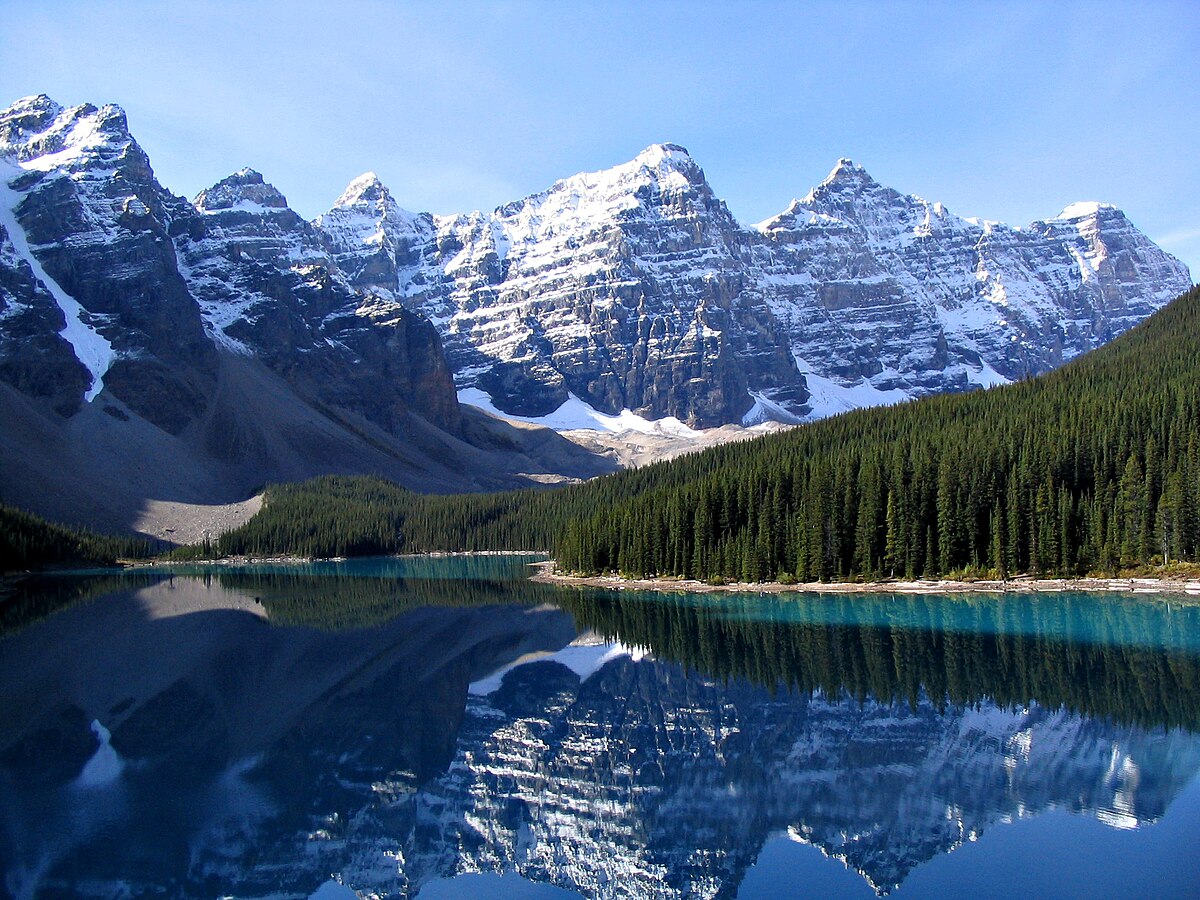The Rocky Mountains are also referred to as the Rockies. They are a vast mountain range that stretches across North America, running from the northernmost part of British Columbia in Canada, through the western United States, and down into New Mexico.

Table of Contents
Geography and Location of Rocky Mountains
The Rockies cover a vast expanse of land, spanning approximately 3,000 miles (4,800 kilometers) from north to south. They are part of the larger mountain system known as the North American Cordillera, which extends from Alaska down to Mexico.
| Peak | Location | Elevation (feet) | Elevation (meters) |
| Mount Elbert | Colorado, USA | 14,440 | 4,401 |
Ecological Diversity in Rocky Mountains
The Rocky Mountains are home to a wide range of ecosystems and habitats due to the variation in altitude and climate. These ecosystems support diverse plant and animal species, including coniferous forests, alpine meadows, grasslands, and even desert environments.
Natural Resources
The region is rich in various natural resources, including minerals, forests, water, and wildlife. It has historically been an important area for mining, forestry, and water resources, playing a significant role in the development of the western United States.
Tourism and Outdoor Recreation
The Rockies are a popular destination for outdoor enthusiasts, offering opportunities for hiking, camping, skiing, snowboarding, rock climbing, and other outdoor activities. National parks like Rocky Mountain National Park in Colorado and Banff National Park in Canada attract millions of visitors each year.
Cultural Significance
The Rocky Mountains have played a significant role in the cultural history of North America, especially for indigenous peoples and later European settlers. They have been a subject of exploration, artistic representation, and inspiration in literature and popular culture.
Geological Formation in Rocky Mountains
The Rockies were formed over millions of years through the collision of tectonic plates and subsequent uplift and erosion. The shifting of the Earth’s crust led to the creation of the mountains and their distinctive features.
In summary, the they are a vast and diverse mountain range that holds ecological, economic, and cultural significance. They are not only a natural marvel but also a symbol of the rugged and adventurous spirit of the North American continent.
Read: